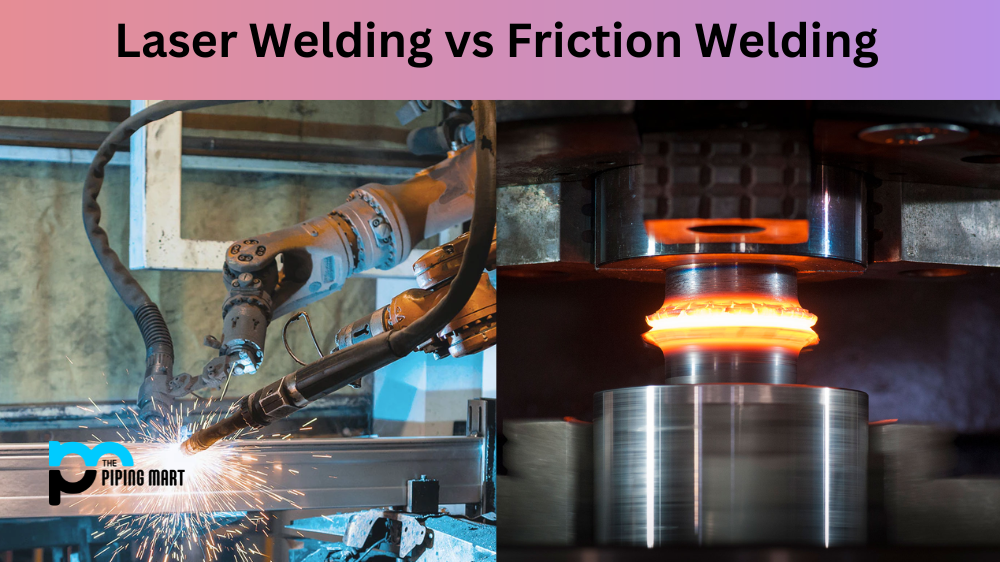Case hardening is an important process in manufacturing parts and components. It involves hardening the surface of a metal material while leaving the core softer and more ductile. This method is used in automotive, medical, energy, agricultural, and many more industries. Let’s break down why case hardening is so important for manufacturers.
How Does Case Hardening Work?
Case hardening works by injecting carbon into the outer layer of a metal part or component. The carbon diffuses into the metal and forms iron carbide, which makes the outer layer harder than the inner core. This process can be done by heating a steel alloy to a specific temperature and then introducing a carburizing agent like gas or liquid carbon dioxide. Afterwards, the part undergoes cooling in order to lock in the hardness of the surface layer. This process allows manufacturers to make both strong and durable parts on the outside but also pliable enough to be reshaped or formed on demand if needed.
Benefits of Case Hardening
The primary benefit of case hardening is that it increases the wear resistance on metal surfaces without compromising their strength or flexibility. This process helps extend the life of machine parts by making them less susceptible to damage or corrosion over time. Additionally, it can reduce friction and increase lubricity on moving parts, thus reducing energy consumption and maintenance costs for machines that employ case-hardened components. Lastly, this process can help improve dimensional accuracy when machining complex shapes due to its ability to distribute stresses evenly across a larger area of contact points rather than just one single point of contact as with non-case-hardened materials.
Applications of Case Hardening
- Case hardening is a process that is used to improve the hardness and wear resistance of a metal surface.
- The process involves infusing the surface of the metal with carbon, which increases the hardness of the metal.
- Case hardening is often used on metals such as steel and iron, as it can significantly improve their performance.
- The process can also be used on other materials, such as plastics and ceramics.
- Case hardening is a versatile process that has a wide range of applications in industry.
Conclusion:
Case hardening is an important process for most manufacturing operations because it helps extend product life while also reducing energy consumption and maintenance costs for machines that use these components. With its ability to provide wear resistance without compromising strength or flexibility, case hardening allows manufacturers to produce high-quality products that are reliable and cost-effective at scale – all while preserving dimensional accuracy when machining intricate shapes across multiple applications in various industries such as automotive, medical, energy and agricultural engineering among others.

Abhishek is a seasoned blogger and industry expert, sharing his insights and knowledge on various topics. With his research, Abhishek offers valuable insights and tips for professionals and enthusiasts. Follow him for expert advice on the latest trends and developments in the metal industry.




